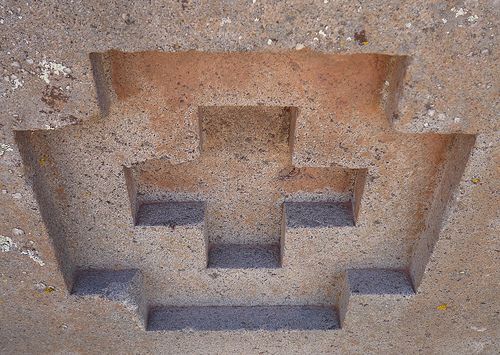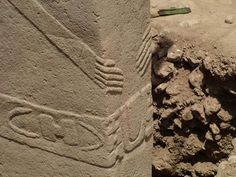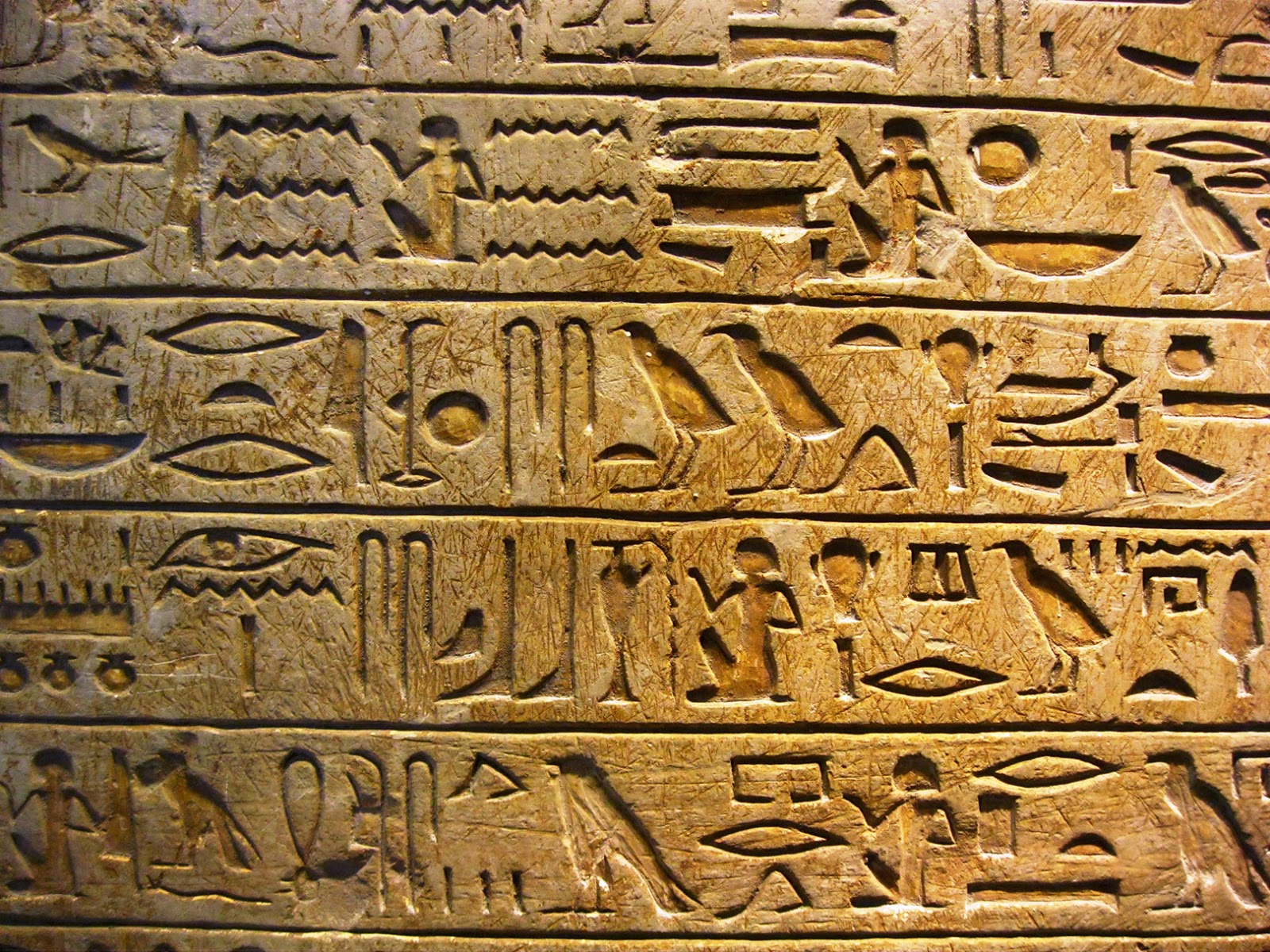Puma Punka moulding Tiahuanacu Bolivia.

The established view is that ancient stone remains of monolithic size in Egypt, South America, and many other locations were cut with copper chisels and hauled great distances is steadily losing ground.
Frenchmen; Joseph Davidovits, a materials scientist: wrote a book which is very convincing making the case for ancient concrete which is superior to what we have today.

His book “Why The Pharaohs built THE PYRAMIDS with fake stones”.
Cement being a very interesting (Alchemical) process with quartz and other para-magnetic qualities. Mr Davidovits’s resulting polymer cement mix after hardening being indistinguishable from ancient stone. All stones like those for the pyramids, Easter Island, Golbekli Tepi and others that have relief carvings thus may well have been moulded in ‘templates’ on site.
It makes more sense than the current 'mainstream' beliefs.

Moulded looking hands at Golbekli Tepi Turkey the oldest remains exhibiting high construction skills.

Comparable features at Easter Island. Note the similarly 'moulded' hands at the base.

Huge panels in Egypt must have had the hieroglyphics pushed into setting cement, it makes a lot of sense.
The pyramid blocks moulded on site as the building grew makes even more sense.

The protruding lumpy notches found on many huge stones in South America and similarly on blocks in Egypt could be bulges were the connecting sides of a mould held it in place, it was John Shaughnessy who made this claim first. His other claims regarding the purpose for world wide pyramids takes things a whole lot further into this subject.
Interesting!
Downvoting a post can decrease pending rewards and make it less visible. Common reasons:
Submit
Interesting!
Downvoting a post can decrease pending rewards and make it less visible. Common reasons:
Submit
Looks to me you need a casket for the mould to go in to. Why would they use a different casket every time. Its easier to make one size over and over. Great post it makes you think...
Downvoting a post can decrease pending rewards and make it less visible. Common reasons:
Submit
I guess they may have had many more skills than we credit them with... cheers for commenting....Dave
Downvoting a post can decrease pending rewards and make it less visible. Common reasons:
Submit
I love this stuff. Nice post
Downvoting a post can decrease pending rewards and make it less visible. Common reasons:
Submit
Thanks for that, have a look at part 2
https://steemit.com/history/@davemanchester/ancient-stonework-was-probably-cement-polymer-moulded-part-2
Cheers - Dave
Downvoting a post can decrease pending rewards and make it less visible. Common reasons:
Submit